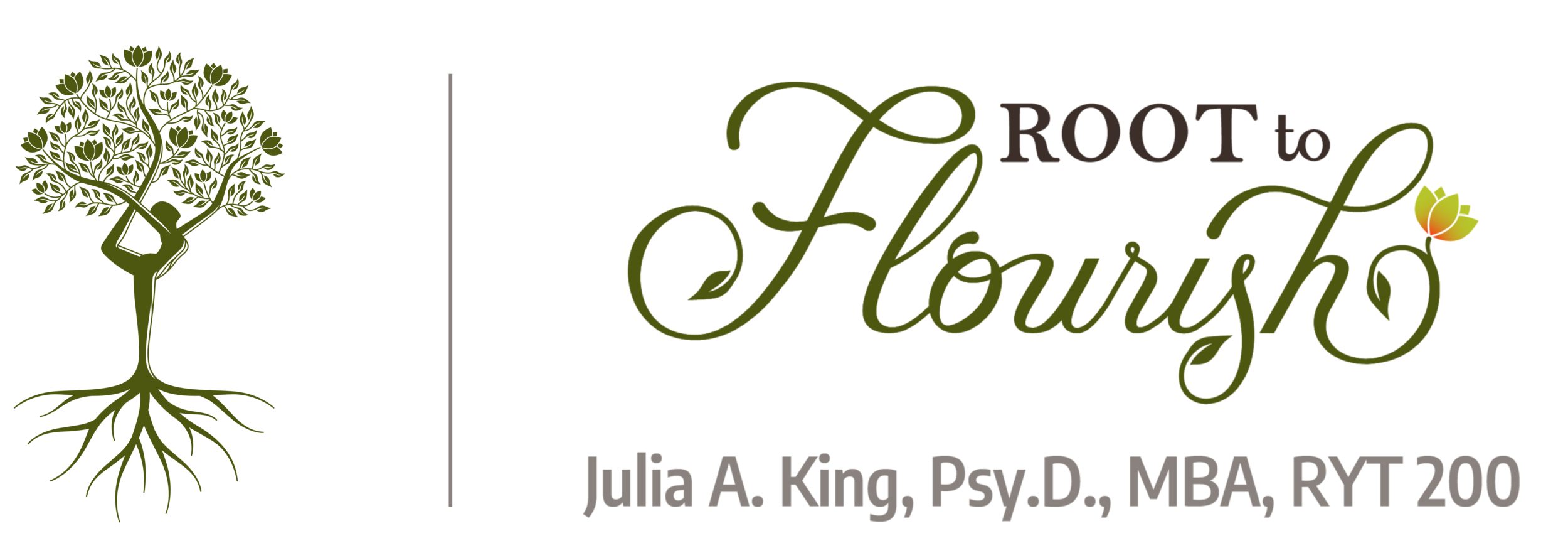Regret: The process of looking back
This month, in a two-part series, we’re exploring regret. Regret is a powerful emotion to facilitate change. In looking back, we have the opportunity to learn from our mistakes and create more meaningful lives. Let’s begin by exploring what regret is, how it works, and how we process it.
Regret - noun - a feeling of sadness, repentance, or disappointment about something that has happened or has been done, especially a loss or missed opportunity, or a mistake that’s been made, alongside a wish that it could have been better or different
Have you spent time ruminating or overthinking on mistakes you’ve made? Situations to which you wish you had responded differently? Missed opportunities?
If so, you’re not alone. 82% of respondents to a survey conducted by The American Regret Project indicated that they “occasionally look back on [their lives] and wish [they] had done things differently.”
Daniel Pink, a leading researcher on the study of regret and the author of The Power of Regret: How Looking Backward Moves Us Forward, asserts that regret is healthy and universal, and an integral part of being human.
However, the research clearly also suggests that too much regret can be dangerous.
How do we know when it’s too much?
when we ruminate about it: when we can’t stop thinking about our past regrets, they dominate our headspace, leaving little room for us to experience the present moment; while we might assume that thinking about our past mistakes helps us to prevent making such errors again, we often go about it the wrong way, creating, instead, a vicious cycle of self-abuse
when our thoughts about regret become repetitive: such thoughts patterns actually worsen our experience of regret, and it’s easy to see why, as there’s no solution in simply over and over again telling yourself what you’ve done wrong
and when such thinking leads to difficulty coping with our current, actual life circumstances: when we think about our past mistakes in this way, we prevent ourselves from moving forward in a healthy, productive way.
And, it therefore makes sense that, when we process our regrets in this way, we experience a host of mental health difficulties, including depression, anxiety, and symptoms of post-traumatic stress, as well as overall reduced life satisfaction.
So … what are we doing when we’re experiencing regret?
Dan Pink asserts that we’re:
time traveling - visiting the past and future in our minds, and
telling a story of something that never happened.
Pink calls these two abilities occurring simultaneously the “cognitive double helix that gives life to regret.” And such cognitive abilities allow us to do what an expert in logic would call “counterfactual thinking” - the ability to create a story of events that runs counter to the actual facts. That is, counterfactual thinking allows us to imagine what might have been.
Here’s how it works. When we regret something, we must:
visit the past
undo what we did in the past, assigning blame to ourselves for what went “wrong”
fast forward to the present, or the future, and
compare what actually happened with a fictional version of what might have been.
Be sure to note the important elements of comparison and assignment of blame in this process. Regret does not exist without the comparison of what actually happened to what might have been. It also does not exist without the belief that you are the cause of your own suffering.
*** Choose a story of something you regret and see if it fits this pattern. You should see all the elements there. ***
Now, let’s reflect on how we talk to ourselves about regret.
Dan Pink highlights two phrases - two counterfactuals - we use to process our experience of regret: “At leasts” and “If onlys.”
Remember, counterfactuals allows us to create stories with events that run counter to the actual facts, and allow us to imagine what might have been.
“At leasts” are downward counterfactuals. They allow us to imagine how much worse it could have been.
Whereas “If onlys” are upward counterfactuals, allowing us to imagine how things could have gone better.
Can you guess which one makes us feel better … and which one makes us feel worse?
Obvious, right? Of course, the “At leasts” make us feel better while the “If onlys” make us feel worse.
The “At leasts” allow us to imagine that it could have been worse, appreciate that it wasn’t, and minimize the damage, while “If onlys” go the other way, allowing us to imagine how much better it would have been, wishing it had been better, and ruminate on how bad it actually was.
Research suggests that 80% of the counterfactuals we generate are “If onlys.”
*** Now, go back to your own story of regret and consider it from the perspective of the “At leasts” and “If onlys.” Which makes you feel better? Take a moment to reflect: when you’ve thought of this story in the past, which counterfactual have you been employing? Can you see how a shift in perspective - from an “If only” to an “At least” perhaps - might allow you to feel differently about the situation? ***
One final point: While “At leasts” might make us feel better, it’s important to note that“If onlys” have the power to improve our lives at a later time. While “If onlys” make us feel worse today, in doing so, they may help us to do better in future.
Let’s continue this discussion! Remember, this is part one of a two-part series. More on regret coming soon!
If this message resonates, and you want more - and are devastated by the idea of missing a newsletter! - subscribe!

